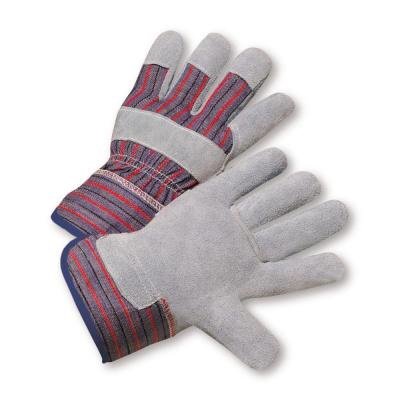
Pathfinder III
One of the things we all like to do is getting stuck. Then we can work with our winches, sand ladders, kinetic ropes, and all these nice gadgets we have and we are eager to use.
So, after a few years of working with these materials I think it is time to have a go to have some thoughts about these tools.
Iam not going into brands, everyone buys what he likes and can afford, but I think we have to discuss the use of these items.
First, the most precious thing we all have on our cool looking Rig is the Winch.
They come in countless brands, strengths and shapes. Take a pick and use it.
I think there are some guidelines for using a winch;
1. Spool the cable/rope off and put it on in a proper way. So it wont get stuck on you and your drum isnt full before you have the cable complete in the drum. (this allows you also to check your cable or rope)
2. When using the winch, place a simple cloth or such over the cable to make it more secure in case of breaking. It will take a part of the momentum of the cable away.
3. Dont stand between the winch and the car/tree or whatever you winch or be winched.
4. Wear good sturdy gloves when spooling the cable on and off. (wear gloves Always during a recovery)
5. When in doubt, use a snatch block. Better slow and secure as faster and getting into a rpoblem.
If you take these in you mind when winching, it will be ok. This doesnt mean you will succeed in your recovery.
One of the things I got upset more and more during winching was the standard hook . It didnt feel so secure as I wanted it to be. So I was searching for a alternative.
So today I replaced the hooks on my winches to Shackles. Why you ask? Well this is very simple.
The hook is Always an open connection. Which means, your chain or straps can come loose when tention is dropped. This can occure during a recovery.
So, you think your recovery set up is secure, but due the open connection it isnt. That can cause a problem or security failure.
So, I searched on the internet for a replacement and I found only in the States a possibility. But that would be totally expensive. Item is called Factor 55 Prolink.
What is the simple, easy and secure alternative? Yes a Shackle.
Advantage is that you will use a shackle to make a strap around a tree or tow point. Then you only need to work with one shackle.
Straps stay in the shackle, the shackle stays in the tow point, other then a hook who can fall off.
So both the Van as the Frontera are now equiped with good shackles.
So let us start this topic about recovery.
So, after a few years of working with these materials I think it is time to have a go to have some thoughts about these tools.
Iam not going into brands, everyone buys what he likes and can afford, but I think we have to discuss the use of these items.
First, the most precious thing we all have on our cool looking Rig is the Winch.
They come in countless brands, strengths and shapes. Take a pick and use it.
I think there are some guidelines for using a winch;
1. Spool the cable/rope off and put it on in a proper way. So it wont get stuck on you and your drum isnt full before you have the cable complete in the drum. (this allows you also to check your cable or rope)
2. When using the winch, place a simple cloth or such over the cable to make it more secure in case of breaking. It will take a part of the momentum of the cable away.
3. Dont stand between the winch and the car/tree or whatever you winch or be winched.
4. Wear good sturdy gloves when spooling the cable on and off. (wear gloves Always during a recovery)
5. When in doubt, use a snatch block. Better slow and secure as faster and getting into a rpoblem.
If you take these in you mind when winching, it will be ok. This doesnt mean you will succeed in your recovery.
One of the things I got upset more and more during winching was the standard hook . It didnt feel so secure as I wanted it to be. So I was searching for a alternative.
So today I replaced the hooks on my winches to Shackles. Why you ask? Well this is very simple.
The hook is Always an open connection. Which means, your chain or straps can come loose when tention is dropped. This can occure during a recovery.
So, you think your recovery set up is secure, but due the open connection it isnt. That can cause a problem or security failure.
So, I searched on the internet for a replacement and I found only in the States a possibility. But that would be totally expensive. Item is called Factor 55 Prolink.
What is the simple, easy and secure alternative? Yes a Shackle.
Advantage is that you will use a shackle to make a strap around a tree or tow point. Then you only need to work with one shackle.
Straps stay in the shackle, the shackle stays in the tow point, other then a hook who can fall off.
So both the Van as the Frontera are now equiped with good shackles.
So let us start this topic about recovery.






